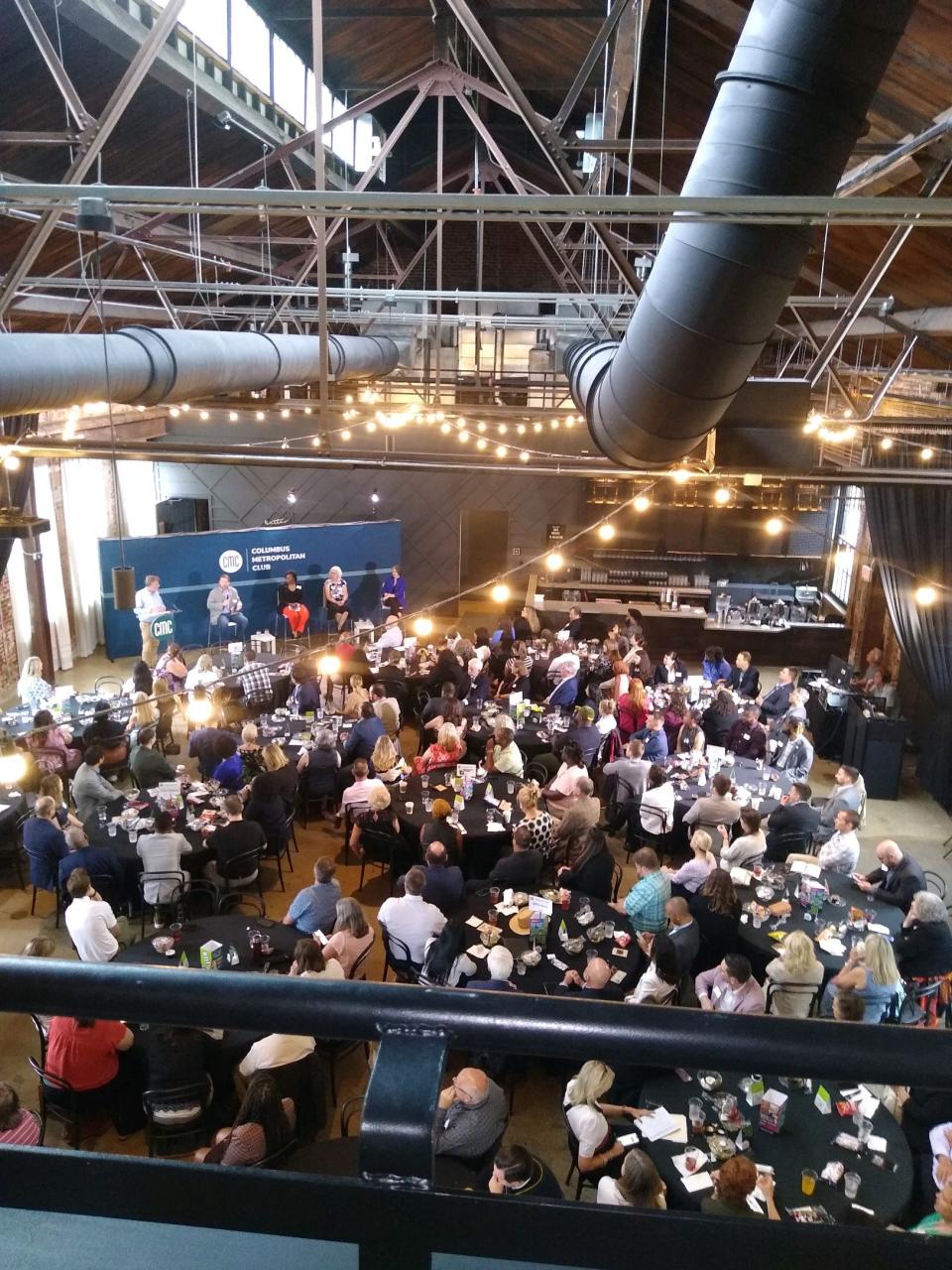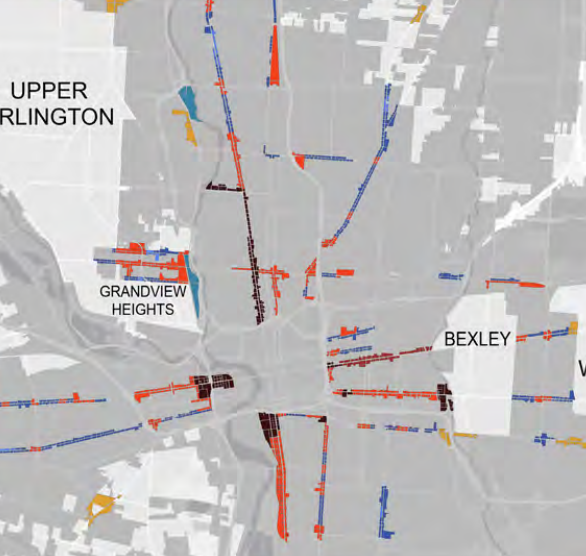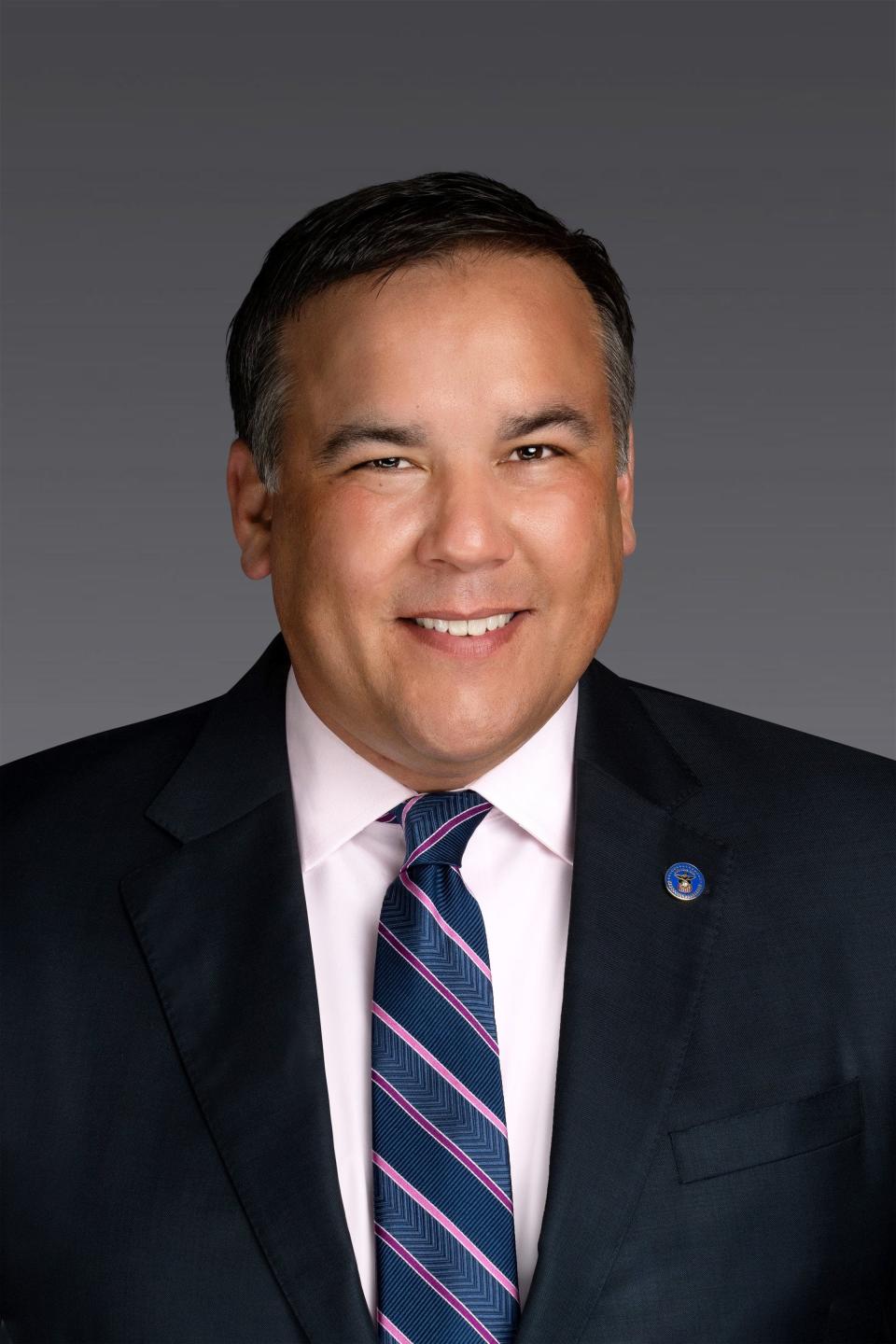There must always be room for one more in Columbus. Zone In key to future.
- Oops!Something went wrong.Please try again later.
Mayor Andrew J. Ginther is the 53rd mayor of Columbus.
As Nelson Mandela said, “It always seems impossible until it’s done.” The same could have been said for modernizing our city’s zoning code, which hadn’t been comprehensively updated for 70 years – until now.
Monday evening, Columbus City Council will consider whether to overhaul the zoning on some of our city’s thoroughfares. If approved, it would start a new era in the development of our city, and I am grateful to everyone in our community for your steadfast engagement and collaboration throughout this process.
Instead of kicking the can down the road as previous generations had done, we took it upon ourselves to band together and envision change that could address the rapid population growth happening now.
Doing so is essential to expanding equity, opportunity and upward mobility for every Columbus resident.
We knew we had to act fast.
Between 2010 and 2020, our region gained 300,000 new residents, but we built only 84,000 homes. This drastic imbalance of supply and demand impacts everyone, but it hits our most vulnerable families most.
The outcome is that households earning less than $50,000 per year are regularly priced out of entire neighborhoods, evicted from where they are already living and pushed further and further away from jobs, education, health care, recreation and other vital services and resources.
Put simply, access to safe and stable housing impacts every aspect of our lives, and we cannot change our trajectory until we change our existing zoning code. What we need now is a new code that enables us to build the housing we need, where we need it, at every price point and at an accelerated pace.
We heard from the community
Two years ago, our effort to overhaul the zoning code began in earnest.
It is called Zone In, and we understood from the start that much of what we needed to strengthen, improve or eliminate had been deliberately and systematically put into place by those who came before us.

The result, over time, proved to be calamitous: fewer housing options, rising rents and home prices and economically segregated neighborhoods stemming from racist lending and redlining practices.
We’ve seen firsthand how the construction of highways can split and isolate entire communities – diminishing their power and potential. And we are still in the midst of a regional housing supply crisis in which neighboring municipalities vary widely in their ability and willingness to welcome those who’ve historically been left out and left behind.
All of this underscores the overarching need to proceed along a path that is both inclusive and informed by extensive community input.
We need new codes: Columbus can't afford to be locked into another 70 years of stagnation. Zoned In needed.
That is why, three months ago, my administration launched one of the most robust public comment periods in our city’s history before applying the finishing touches to the proposed zoning code.
During that time, we welcomed 1,700 visitors to the in-person Zone In exhibit downtown, we held more than 50 community meetings, and we collected comments from 1,600 neighbors with whom we connected online and who expressed a strong desire to see positive change in their neighborhoods.
I am proud to report that we reviewed this feedback quickly and thoughtfully, and our new zoning code will go a long way toward bolstering our region’s housing supply.
88,000 homes can be built under Zone in

Without these changes, it is estimated that we will build only 6,000 homes on the parcels affected over the next decade.
With this new code, however, we can expect to build 88,000 homes – helping the market deliver 44% of our region’s overall housing demand.
By allowing more housing along our city’s major corridors, we can slow the rise in rents and home prices; expand opportunity by increasing access to jobs, school and transit; alleviate displacement by adding housing where demand is greatest; better support small businesses by bringing new customers into the mix; and reduce sprawl.
Zone In is the very embodiment of systemic change.
It course-corrects the underlying policies and assumptions that have shaped our city in unsustainable ways for the last century. And it allows more of our neighbors to live in the neighborhood of their choice.
Zone in can't be the last step
But we cannot do it alone, which is why we will continue to encourage our suburban partners to step up and do their fair share of the heavy lifting.
We want to become the most pro-growth and prosperous region in America. In order to do that, we need to transform the status quo.

Our aspirations may be bold, but so too is our ambition. Through this new zoning code, we will lay the groundwork for continued growth and prosperity and do everything within our collective power to ensure there’s always room for one more in Columbus.
Mayor Andrew J. Ginther is the 53rd mayor of Columbus.
This article originally appeared on The Columbus Dispatch: Zone In will reduce sprawl, increase housing in Columbus| Ginther

